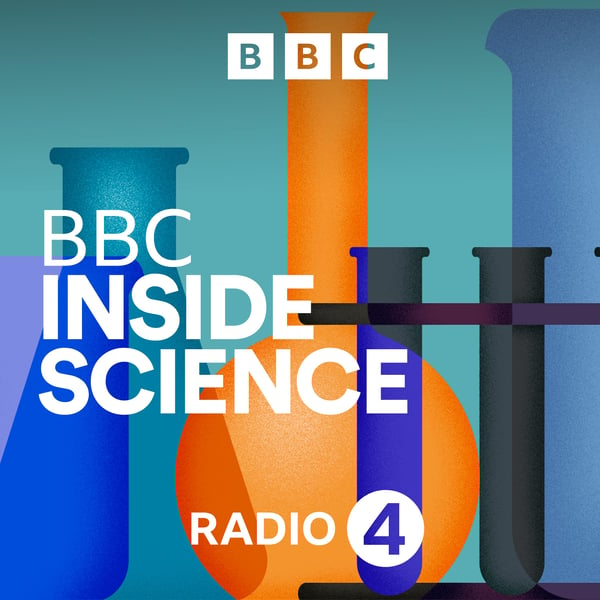Ancient Human Occupation of Britain
BBC Inside Science
BBC
4.5 • 1.3K Ratings
🗓️ 6 January 2014
⏱️ 28 minutes
🧾️ Download transcript
Summary
The ancient inhabitants of Britain; when did they get here? Who were they? And how do we know? Alice Roberts meets some of the AHOB team, who have been literally digging for answers.
The Natural History Museum's Chris Stringer, is the Director of AHOB, the Ancient Human Occupation of Britain, a project which, over the past 12 years, has brought together a large team of palaeontologists, archaeologists, geologists and geographers, to pool their expertise in order to unpick British History.
Nick Ashton from the British Museum has been in charge of the north Norfolk site of Happisburgh, where the crumbling coast line has revealed the oldest examples of human life in Britain, 400,000 years earlier than previous findings of human habitation, in Boxgrove in Sussex.
The ancient landscape had its share of exotic animals. Hippos have been dug up from Trafalgar Square, mammoths have been excavated from Fleet Street. Professor Danielle Schreve is an expert in ancient mammal fossils, and tells us what these bones reveal about the ancient climate. Less glamorous than the big fossils, the humble vole is so useful and accurate as a dating tool that it has been nicknamed "the Vole Clock."
Carbon dating has improved vastly in the past few years. Rob Dinnis, from Edinburgh University, explains why the AHOB team has been returning to old collections and redating them.
Transcript
Click on a timestamp to play from that location
| 0:00.0 | Just before this BBC podcast gets underway, here's something you may not know. |
| 0:04.7 | My name's Linda Davies and I Commission Podcasts for BBC Sounds. |
| 0:08.5 | As you'd expect, at the BBC we make podcasts of the very highest quality featuring the most knowledgeable experts and genuinely engaging voices. |
| 0:18.0 | What you may not know is that the BBC makes podcasts about all kinds of things like pop stars, |
| 0:24.6 | poltergeist, cricket, and conspiracy theories and that's just a few examples. |
| 0:29.7 | If you'd like to discover something a little bit unexpected, find your next podcast over at BBC |
| 0:35.4 | Sounds. |
| 0:36.4 | Hello and welcome to the first Inside Science of 2014, and we're starting as we mean to go on with bold ideas. |
| 0:45.0 | So over the next half hour, I'm going to guide you through almost a million years of human history in Britain. |
| 0:52.0 | If you really want to see the terms and conditions |
| 0:54.4 | you can find them on the Radio 4 website. An exhibition opening next month at |
| 1:01.0 | the Natural History Museum brings together the findings from 12 years of research |
| 1:05.8 | by a group of paleontologists, archaeologists, geographers and geologists, all striving to find out more about the prehistoric people who lived in |
| 1:15.9 | what we now call Britain. I went to the Natural History Museum to meet Chris Stringer, |
| 1:22.3 | the man in charge of the group, and I started |
| 1:24.6 | by asking him what the ancient human occupation of Britain or A-Hob project had set out to achieve. |
| 1:31.8 | Well I think it was really to get much more information out of the British |
| 1:36.2 | record and tell when people were here, why they were here and also just importantly |
| 1:41.0 | when they weren't here, why weren't they in Britain because there are |
| 1:44.0 | long periods when no one seems to be here when they're in France and Germany so why was that |
| 1:48.8 | so we were looking at absence as well as presence in terms of trying to explain it all. |
| 1:53.4 | Chris, are you being unashamedly parochial about this? |
... |
Transcript will be available on the free plan in -4098 days. Upgrade to see the full transcript now.
Disclaimer: The podcast and artwork embedded on this page are from BBC, and are the property of its owner and not affiliated with or endorsed by Tapesearch.
Generated transcripts are the property of BBC and are distributed freely under the Fair Use doctrine. Transcripts generated by Tapesearch are not guaranteed to be accurate.
Copyright © Tapesearch 2025.

